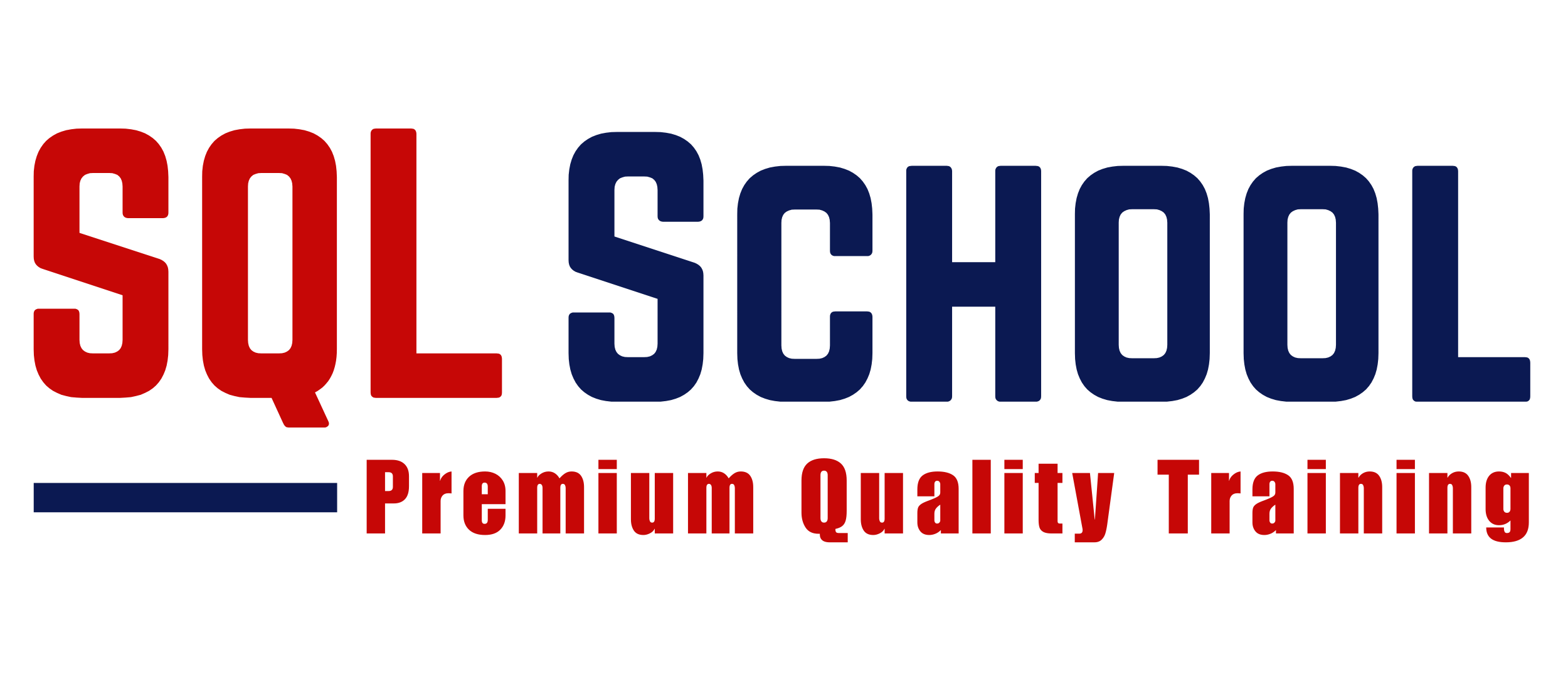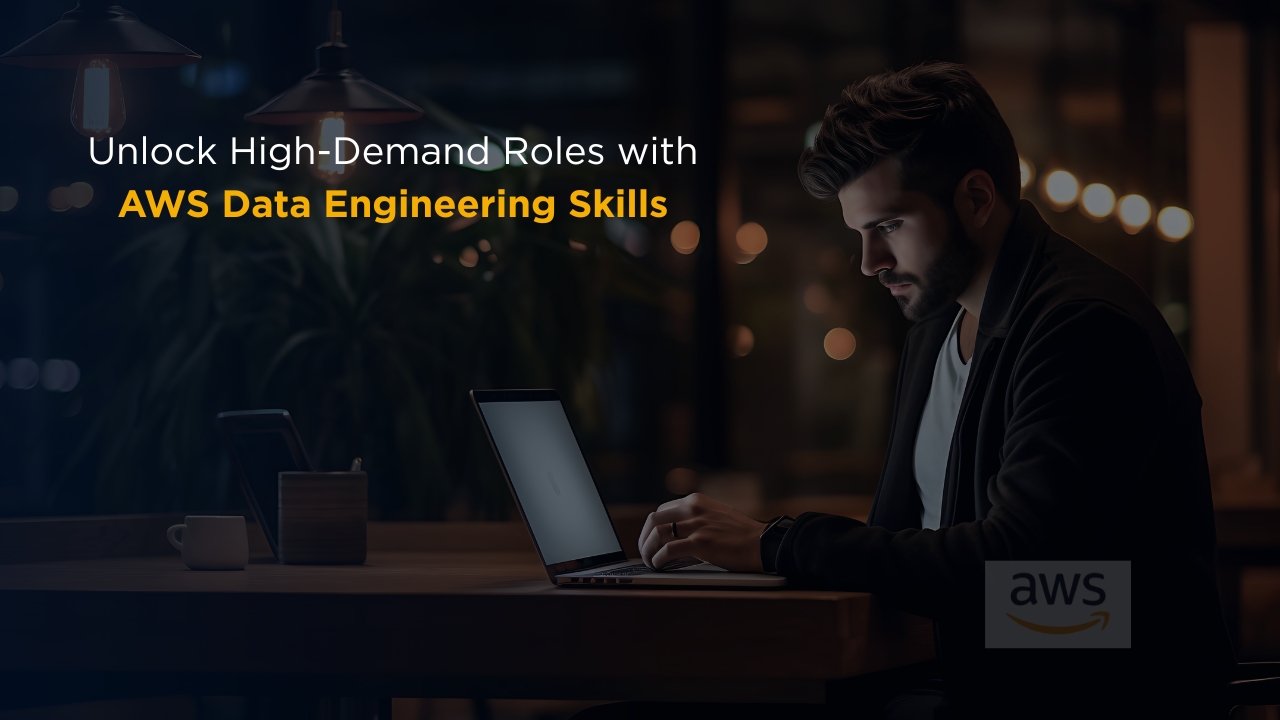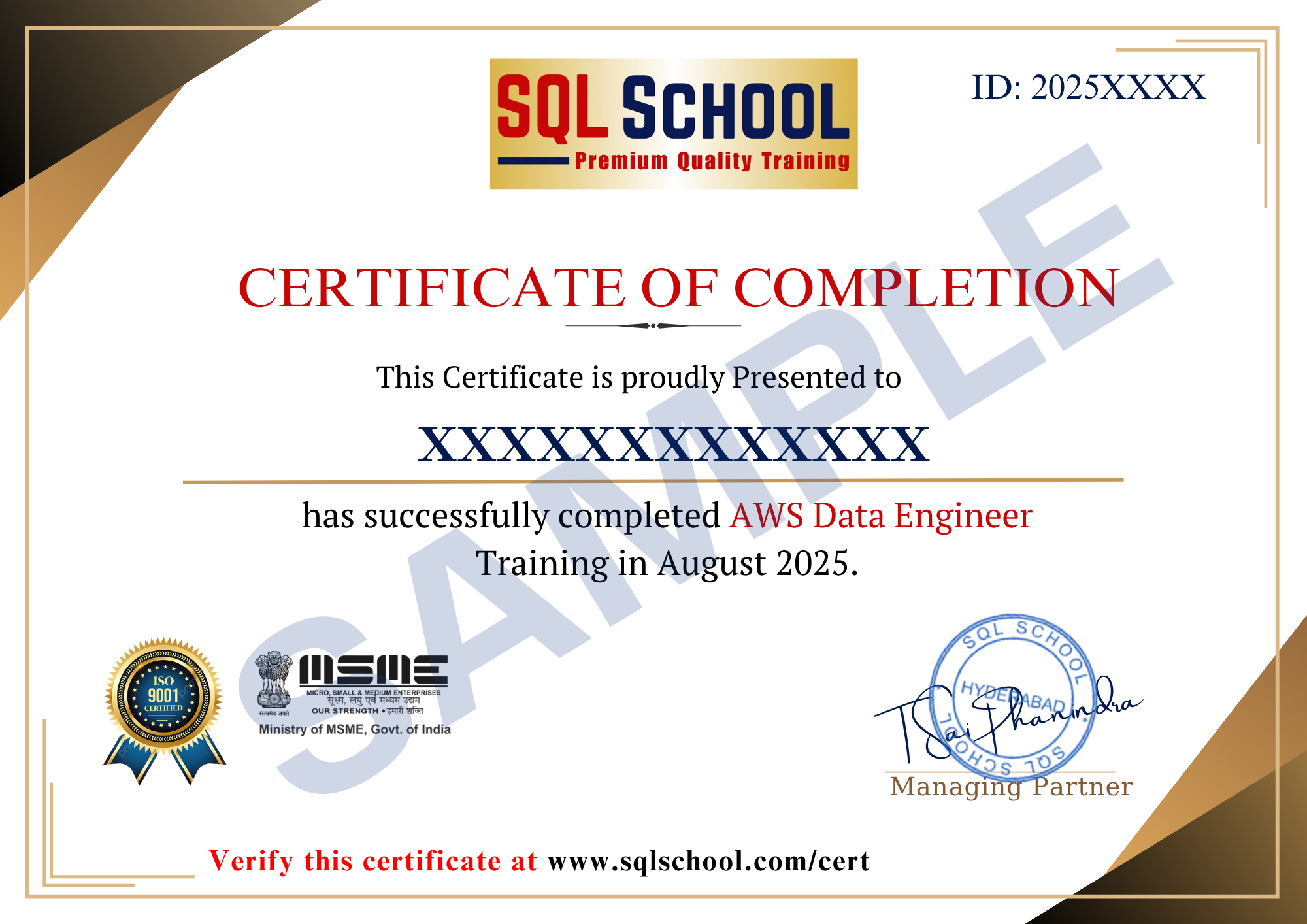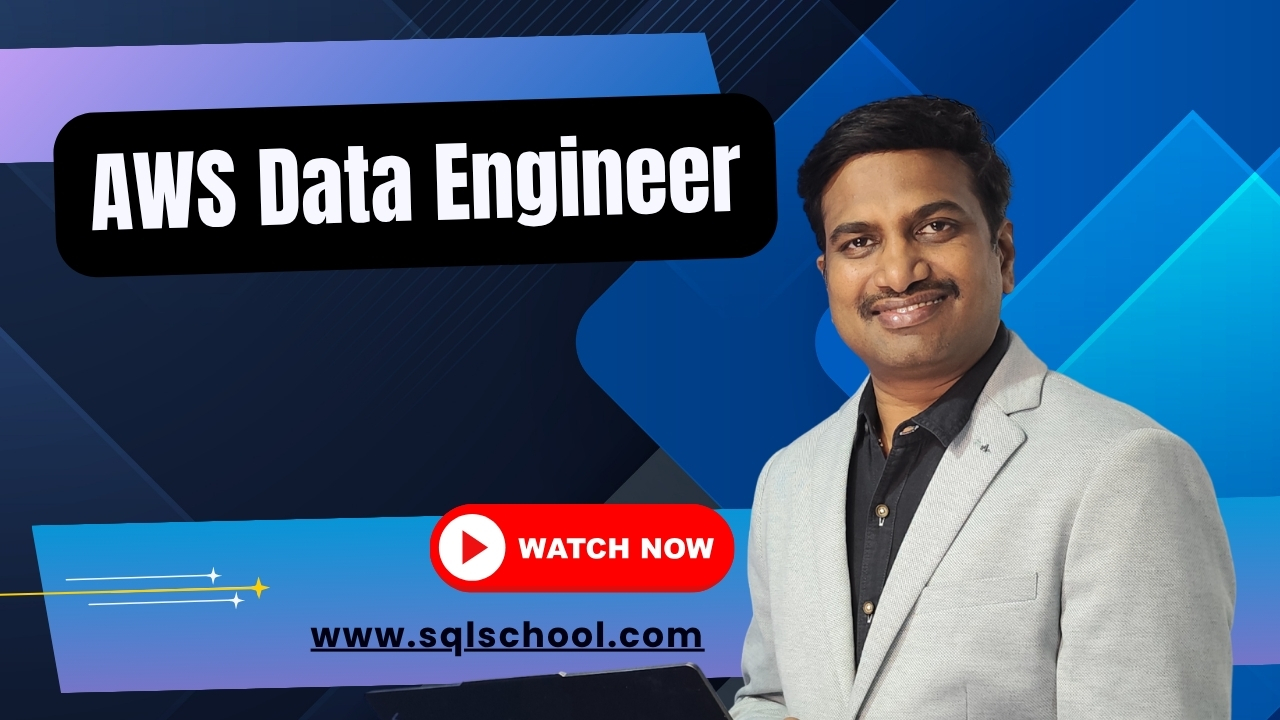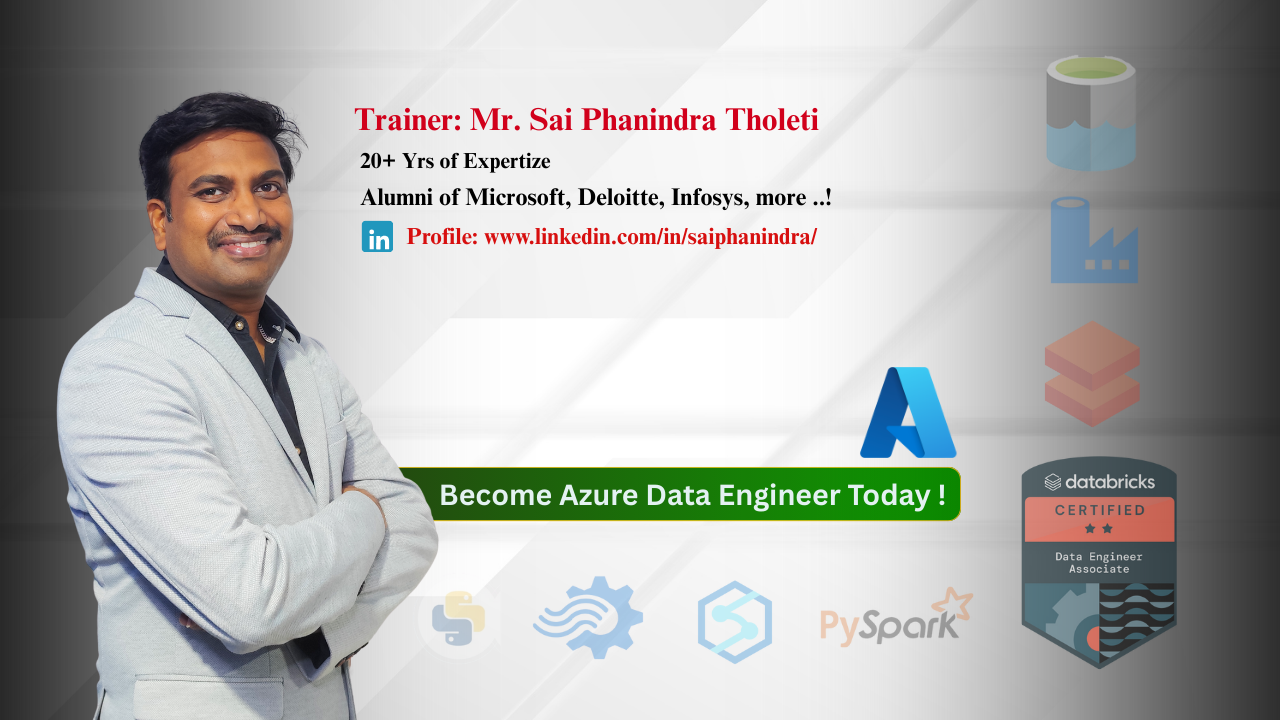AWS Data Engineering involves designing and building scalable data pipelines using Amazon Web Services. Engineers use tools like AWS Glue, Redshift, S3, and Lambda to process and transform large volumes of data. This role is in high demand and leads to careers in cloud data engineering, analytics, and big data architecture.
✅ AWS S3, Data Lake Architecture
✅ AWS Glue for ETL/ELT Pipelines
✅ Redshift: Data Warehousing, Analytics
✅ Kinesis for Real-Time Data Streaming
✅ EMR, PySpark for Big Data Process
✅ Lambda, AWS ETL, Automations
✅ IAM, KMS & Security Best Practices
✅ CI/CD Pipelines with AWS ETL
✅ End-to-End Real-Time Project
✅ 1:1 Mentorship, Interview Guidance
